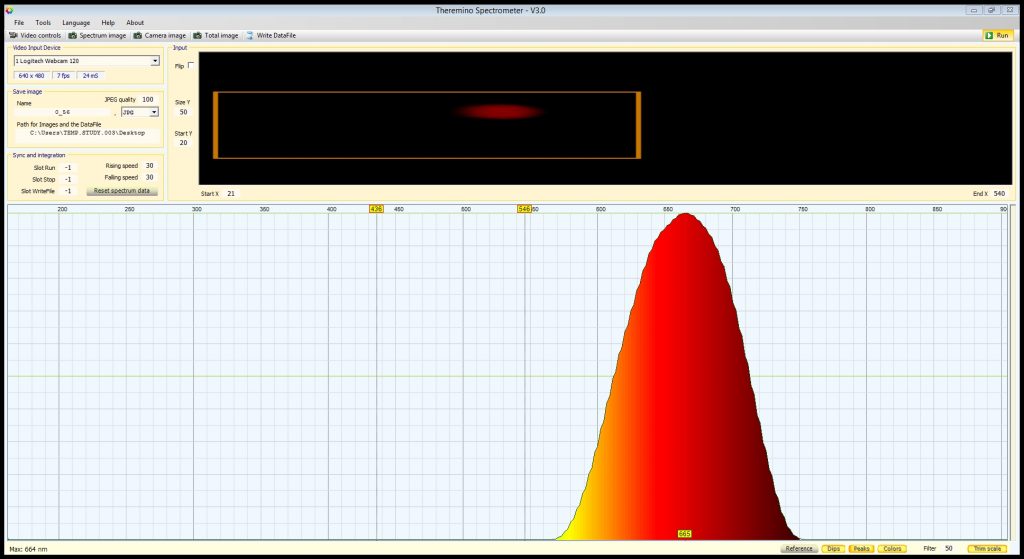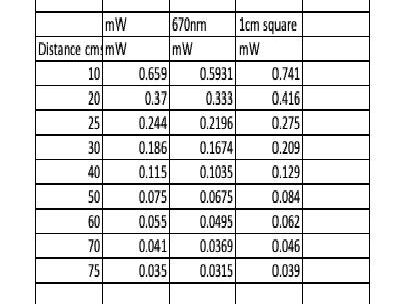My wife and I were in the USA a couple of years ago. Our daughter was working in the US and we were driving her back to her apartment. It was a very dark night, raining, an unfamiliar unlit road, the car on the wrong side of the road and of course an unfamiliar car. There were cars behind us with their headlights on. I realised as we drove along that I could not see!
Please note, my Optometrist can correct my vision to 6/4 which is better even than the usual 20:20 vision or 6/6 that people mention. It seems that as we age, the sensitivity of our eyes – especially at night – can fall off.
Our eyes are constantly exposed to higher and higher levels of illumination. This might be in the form of Halogen headlights, Plasma TVs, Laptops, cool (bright white) LED lights and streetlamps – the list goes on. I am not suggesting that we all go back to tallow candles but think when was the last time your eyes were in total darkness or even dim light.
After returning home, I came across an article about far-red light and how it can be used to improve vision. We experimented with hundreds of different LEDs of varying brightness and measured their performance with a Spectrometer and Light Meter.
We wanted to be absolutely certain that if we were going to create these boxes then they would have to be correct.
One of our light boxes would make for an unusual and valuable 40th Birthday Present !
Please see below a readout from the Spectrometer.

References
More Technical Stuff
The light output from the LEDs can best be measured as the power falling on a 1cm square at a given distance. It is important to use test equipment that is able to compensate for the 670nm wavelength of light that the LEDs generate.

Thus the above grid shows the power output at a given distance by the 24-LED light box. This is then compensated for 670nm wavelength and finally re-calculated to provide the power falling on a 1cm square at the given distance.
These figures are well within those permitted by the IEC-62471 standard which specifies 850nm for 1000 seconds and not to exceed 10mW/ cm2